Yes, I have vast experience with Peltiers. IMHO, they suck for high powered cooling

. A CCD will probably dissipate ~15-20Watts if it's a big imager like the EM-CCDs used for life science and other interests, a Peltier can handle that because it takes about 150-200% of the power of the device being cooled with a Peltier to suck the heat out of it. That would mean I'd need a 750-1kW Peltier to cool a single 500Watt LED, not energy efficient, and when we're talking about these levels of power, 150-200% waste is a lot... The transfer of heat in a Peltier is also not 100% efficient (in fact it usually less than 10% efficient,
read here for example), that means the Peltier will self heat more than it moves heat, which is more heat to remove in total. The other problem is the Peltier only moves the heat about 5-10mm (the thickness of the element), then it needs either a heat sink or some other medium to transfer heat to or it will burn up - I'm already packaging constrained with the auxiliary headlight since I want to keep the physical appearance unaltered, I need most of that space for optics since I'm trying to make a spot-light out of a
Lambertian emitter. And the final problem is the maximum T-delta allowed across a Peltier is about 68°C, any higher temperature difference and the Peltier cracks and stops cooling - the LED will get to 125°C before damage is done, but left un-cooled it will literally melt down and catch fire.
The end result is that water cooling is simply a matter of moving the volume of water through a cooling block fast enough to take away the heat, and then letting it sit in a radiator-cooler long enough to get rid of the heat to ambient air. The work becomes modelling the thermal design of the cooling block and picking a radiator that can reject as much or more heat than I'd need to in the worst case, then a pump to circulate the volume.
Some of the coolest stuff I'll be doing here is reducing the thermal resistance of the LED-to-water-block interface. I could use thermal paste and screw it down, but I wanted a fully molecular bond between the LED copper heat spreader, and the copper water block - so I first looked at
Electron Beam Welding, and finally landed on thin-film low-thermal-pulse micro-thermite welding (trade name "
NanoFoil"):
This allows me to eliminate the need for screws, which makes it possible to move the cooling water closer to the back of the LED. This leads to less machining, less mechanical complexity, less likelihood of leaks, and higher thermal transfer efficiency. Incidentally it also lets me do it myself instead of relying on the skill of a shop somewhere else in the country that hasn't done this before, that might damage a $200 LED if they mess up.
.




 , so for you...
, so for you...


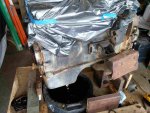
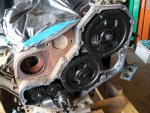

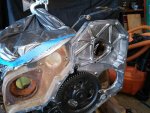
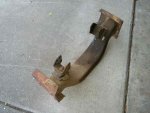
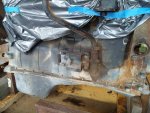
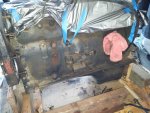
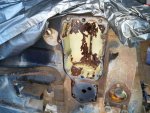
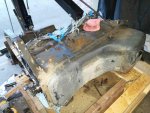
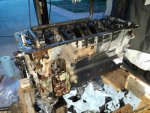


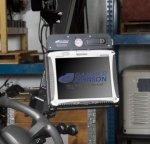

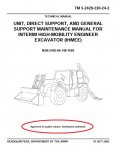



 , I would have drained it tonight, but the t-case still had oil in it, so I'm not just going to dump it on the ground. I think it's probably toast though based on the color of the soup in the housing.
, I would have drained it tonight, but the t-case still had oil in it, so I'm not just going to dump it on the ground. I think it's probably toast though based on the color of the soup in the housing. 